
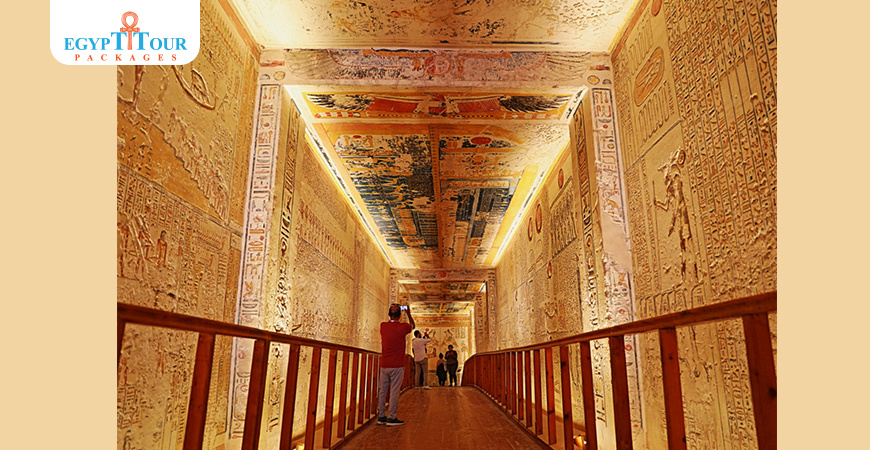
Tomb of Seti I
Tomb of Seti I one of the great achievements of Egyptian art, this cathedral-like tomb is the finest in the Valley of the Kings.
Tomb of king Seti I (KV17)
The tomb of Seti I is located in the
Used as a burial chamber for nearly 500 years, the Valley of the Kings was used for royal burials for the Kings,their families, and their possessions. Valley of the Kings
on the Western mainland of Luxor, about 690 kilometers south of Cairo.Seti I was the second king of the Nineteenth Dynasty and ruled the country between approximately 1318 and 1304 BC.What do you know about the
Used as a burial chamber for nearly 500 years, the Valley of the Kings was used for royal burials for the Kings,their families, and their possessions. Valley of the Kings
?
Location and reasons for choosing the vally of the kings :
The
Used as a burial chamber for nearly 500 years, the Valley of the Kings was used for royal burials for the Kings,their families, and their possessions. Valley of the Kings
is located in the west of Thebes, where kings in ancient Egypt were accustomed to being buried close to the political and administrative capital of the country.Thebes was the capital in the New Kingdom, so the kings preferred burial in Thebes, and chose the western land, as it was customary in ancient Egypt to be buried west of the Nile, where The setting of the sun, and the idea of resurrection after death was born when he looked around in nature and found what made him believe in resurrection. The most important of these phenomena is the sun that rises in the east, then sets in the west, disappears at night, and then returns again to rise the next morning. The ancient Egyptian linked human life to the sun. Influenced by this solar doctrine, the ancient Egyptian preferred that the east be the world of the living and the west the world of the dead. Therefore, most of the dwellings are located to the east and most of the tombs are to the west.There are approximately 90% of Egypt's cemeteries west of the Nile.The ancient Egyptian preferred burial in a dry place to keep the mummy and funerary furniture away from moisture and the flooding of the Nile, so the desert was the refuge for that purpose.They also chose this place because it took the shape of a mountain with a pyramidal top.Kings are buried in the interior of the mountain below that Arabian top, and therefore the religious and symbolic meaning of burial inside pyramids in the ancient and medieval countries was achieved.The place where the kings were buried was known by different names:
Known as the valley, the abode of eternity, the abode of truth, the place of Pharaoh, the horizon of eternity.Due to the construction of tombs in a valley between the plateaus, the ancient Egyptians gave it the name Wadi and it was associated with the tombs of the kings, so its name became the
Used as a burial chamber for nearly 500 years, the Valley of the Kings was used for royal burials for the Kings,their families, and their possessions. Valley of the Kings
.

Tomb of king Seti I
The archaeological sites in Egypt are distinguished by their diversity, as the ancient Egyptian was distinguished by his architecture, which still enjoys its splendor and attracts visitors from all over the world. Among these sites is the tomb of Seti I, which is located in the Used as a burial chamber for nearly 500 years, the Valley of the Kings was used for royal burials for the Kings,their families, and their possessions. Valley of the Kings .The tomb of Seti I is considered the longest, deepest, and most beautiful of the tombs in the Used as a burial chamber for nearly 500 years, the Valley of the Kings was used for royal burials for the Kings,their families, and their possessions. Valley of the Kings .Seti I (about 1294-1279 BC) was the second king of the Nineteenth Dynasty, and the father of the great king Ramesses II. His tomb was No 17KV in the Used as a burial chamber for nearly 500 years, the Valley of the Kings was used for royal burials for the Kings,their families, and their possessions. Valley of the Kings , and it was also called “Belzoni“ Cemetery named after its discoverer. Like other tombs in the Used as a burial chamber for nearly 500 years, the Valley of the Kings was used for royal burials for the Kings,their families, and their possessions. Valley of the Kings , the tomb of Seti I was decorated with various funerary texts, the aim of which was to ensure his successful transition to the afterlife.The tomb of Seti I was the first to be completely decorated with texts. The scenes and exquisite inscriptions are distinguished by the quality and precision for which the reign of Seti I was famous. Among the funerary texts that were engraved in the tomb are the texts of the Hymns of Ra, the Book of the Imi-Dawat, meaning “what exists in the other world,” and the Book of Gates, in addition to The story of the destruction of humanity and the magnificent astronomical scenes that adorn the ceiling of his burial chamber, which mimic the night sky.
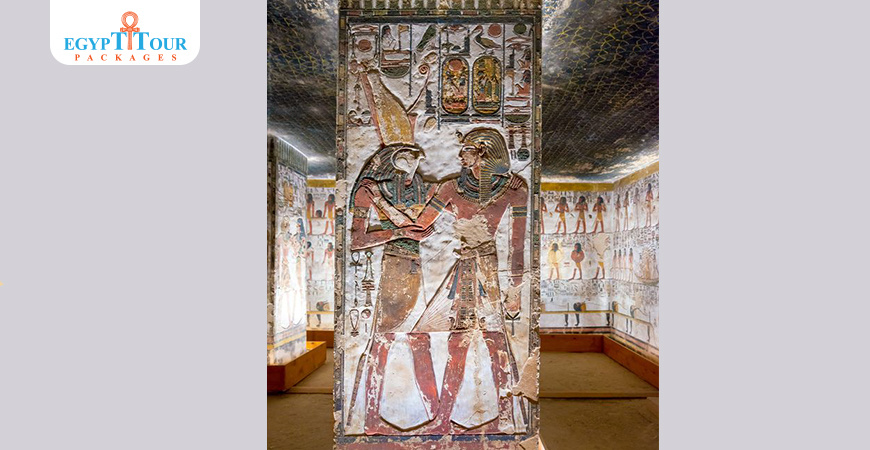
Seti I
The famous pharaoh Seti I is considered one of the greatest and most famous warrior pharaohs in the era of the New Kingdom and the Nineteenth Dynasty. He was known as “mn-maat ra.” He is the son of King Ramesses I and Queen Sat-Ra. His father, Ramesses I, who founded the Nineteenth Dynasty, ruled for two years. Only, due to his advanced age at the time of his accession to the throne, Seti I succeeded him on the throne of Egypt.There is no doubt that history will preserve for “Siti I” the most beautiful memories, as he succeeded in restoring nearly half of the Egyptian empire in Asia, and he also secured the transportation routes between his country and “Palestine,” and removed the danger that was threatening the country.The Greeks called him Setosis, and the Egyptian historian Manetho mistakenly considered King Septi I the founder of the Nineteenth Dynasty. He called him Seti, meaning related to Set, which indicates that he was given to the god Set. King Ramesses II is considered the most famous king of the modern state. He succeeded his father, King Seti I, and became king at the age of between twenty-five and thirty years of age. He enjoyed a long reign of about sixty-seven years, and he also left a huge amount of antiquities and inscriptions.King Ramses II had many queens, and he fathered about a hundred children, while his main wife was the great queen (Nefertari), for whom he built a temple near his temple (Abu Simbel) in Nubia.King Ramses II was considered one of Egypt's greatest warriors. He recorded the events of the Battle of Kadesh - which took place in the fifth year of his reign against the Hittite Kingdom - on multiple monuments. Although the actual outcome of the battle was a tie on both sides, the king was extremely proud of his personal courage and military prowess, boasting that he had single-handedly saved Egypt from the fate of crushing defeat.He continued skirmishing with the Hittites for many years, but in the end he signed a peace treaty - the first in history - with their king, and married his daughter to complete the alliance he had established. The tomb of the ambassador who delivered the peace treaty was found in Saqqara.King Ramesses II built temples throughout Egypt and Nubia.King Ramesses II was originally buried in the tomb (KV17), but his body was moved to the Deir el-Bahari cache;To protect it from plundering.
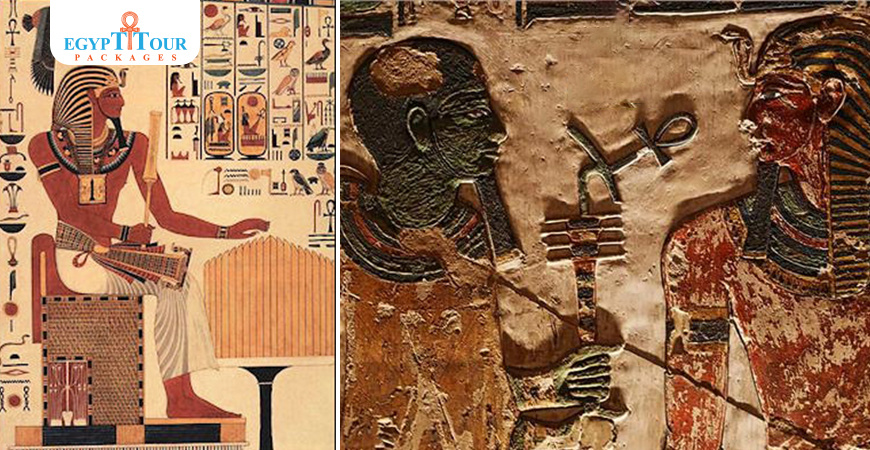
Seti I tomb layout
- Seti I tomb layout
Architecturally the tomb had the somewhat sinuous axis that prevailed in its time.The first set of descending corridors and corridors leads to the first hypostyle chamber,then another set of descending corridors cut into the floor of the room in the facing wall, but through a different axis,to the burial chamber.The tomb includes a number of new and unique features. Along the same axis as the first set of corridors we see an entrance leading to one of the chambers. This may have been intended to lead intruders to believe that this was a chamber for the king’s burial.The burial chamber of Seti I's tomb was also the first to have a domed ceiling.Perhaps the most exciting element is the corridor that begins at the floor of the burial chamber and descends deeper into the ground.It is believed that this mysterious passage connects the rituals of Seti I with rituals related to primitive forces in the underworld.
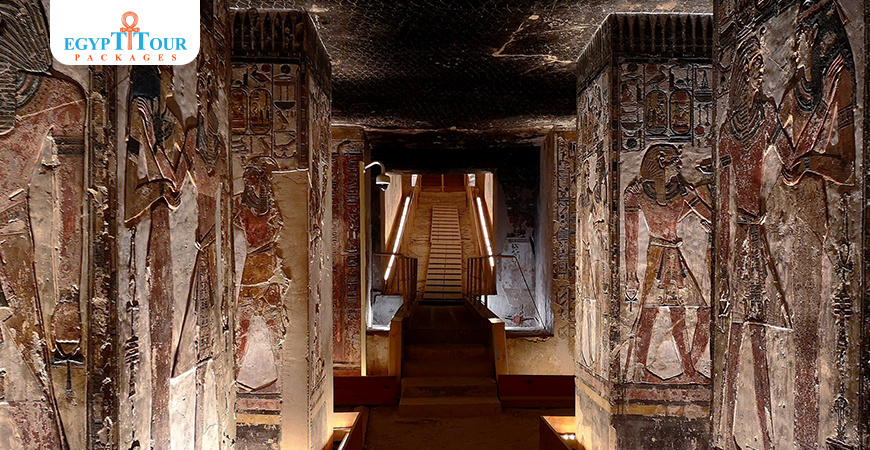
Tomb of Seti I decoration
Tomb of Seti I one of the great achievements of Egyptian art, this cathedral-like tomb is the finest in the Valley of the Kings. Tomb of Seti I
decoration
The tomb of King Seti I is one of the most beautiful tombs of the Pharaohs, in the
Used as a burial chamber for nearly 500 years, the Valley of the Kings was used for royal burials for the Kings,their families, and their possessions. Valley of the Kings
. It extends 130 meters long and 30 meters deep into the rocks of Mount Qurna, which includes hundreds of tombs and dozens of Pharaonic temples, west of Luxor.The tomb of King Seti I (No. 17) in the
Used as a burial chamber for nearly 500 years, the Valley of the Kings was used for royal burials for the Kings,their families, and their possessions. Valley of the Kings
- Western Mainland is considered the most important and largest royal tomb that was carved into the rock of the mountain in Western Thebes in the Nineteenth Dynasty. It is 98 meters long, and is still distinguished to this day by its bright colors, beautiful views, and wonderful engravings, and despite Although the cemetery was known during the Greek rule of Egypt, it is known in some scientific books as the Tomb of Belzoni, who rediscovered it on October 17, 1817, and it became associated with his name.
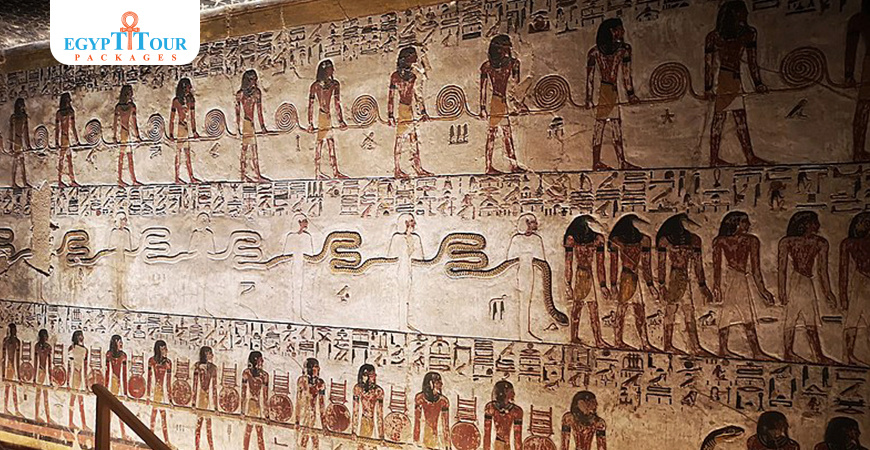
Seti I tomb paintings
The tomb of Seti I continues in the same phase that was begun by Horemheb. It consists of two parallel axes. The first begins with the entrance and corridors until we reach the well chamber. After that, we find a spacious room with four columns in two rows, from which the second axis begins, which connects via more From a descending staircase, and more than one corridor to the burial chamber. Perhaps the innovation here is in the clear architectural additions that end with the chamber. Here there are four columns, instead of two, as was the norm before. Likewise, the next chamber we had not seen before.

Tomb of Seti I (decoration)
It is noted in the second axis that one of the side rooms in the burial chamber, which is the second room on the left of the interior, is characterized by the presence of shelves, on which it is possible that some statues or precious items of funerary furniture were placed. As for the texts and views, we can see what is new on the walls.The cemetery, as we find on its walls long solar hymns, hymns directed to the Eye of Horus and the story of the destruction of humans.This is in addition to what was known before, such as the Book of Gates and the Book of “Umi Dawat.” As for the views, the most famous are the astronomical views of the constellations, stars, and planets recorded on the vaulted ceiling of the burial chamber. It is also noted here the transition to the inscription of the scenes that we saw before in the cemetery of Horemheb. And here it has become a fact that can be traced in most of the views of Seti I, as most of the views of the tomb of Seti I are engraved in relief and colored in bright colours, although there are some themes where we see only the outer lines of some of the scenes, but the drawings have their value, given that they show We have the methods by which these wonderful works of art could be brought out in the darkness of these rooms carved into the rock of the mountain.
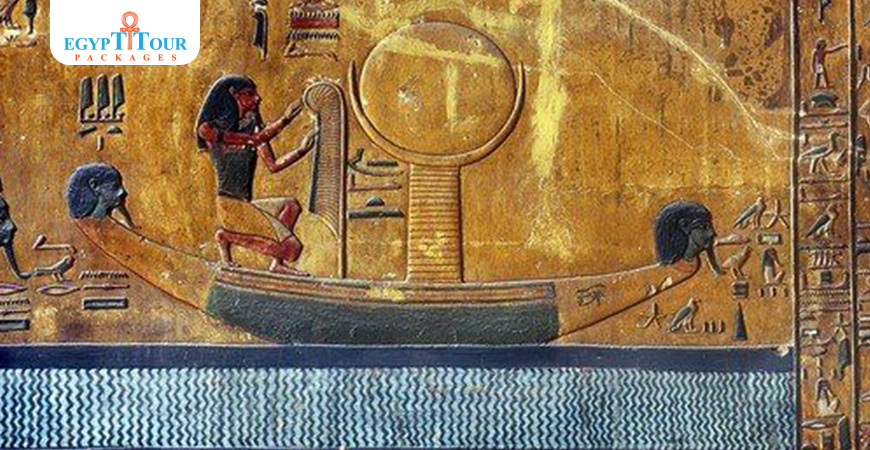
Tomb of Seti I
The coffin is now preserved in the Swan Museum in London. The burial chamber was provided with five rooms, two rooms on the right, two rooms on the left, and a room with four columns that we reach through the depression, where the coffin was located. The first room on the right, in direct proportion to the interior, is characterized by texts of the story of the destruction of humanity and the famous scene.The goddess Hathor appears in the form of a standing cow. Her belly represents the sky, and the stars on her are raised by the god Shu, the god of the air. Above her is the ship of the god Ra, while other gods gather beneath her. The other room with two columns on the left is also distinguished by shelves extending along three sides.It is possible that these shelves were Designed for placing statues on it.Finally, we find in the burial chamber a descending staircase that leads to a corridor, or in other words a crypt. We do not yet know the reason for its presence, and it extends for a distance of up to 100 metres.The mummy of King Seti I was found in the Deir el-Bahari cache in 1881.

Seti I tomb price
- How much is entry to Seti I tomb ?
For Egyption\Arab:
Adult :EGP 500
Student :EGP 250
For Other Nationalty
Adult :EGP 1400
Student :EGP 1400
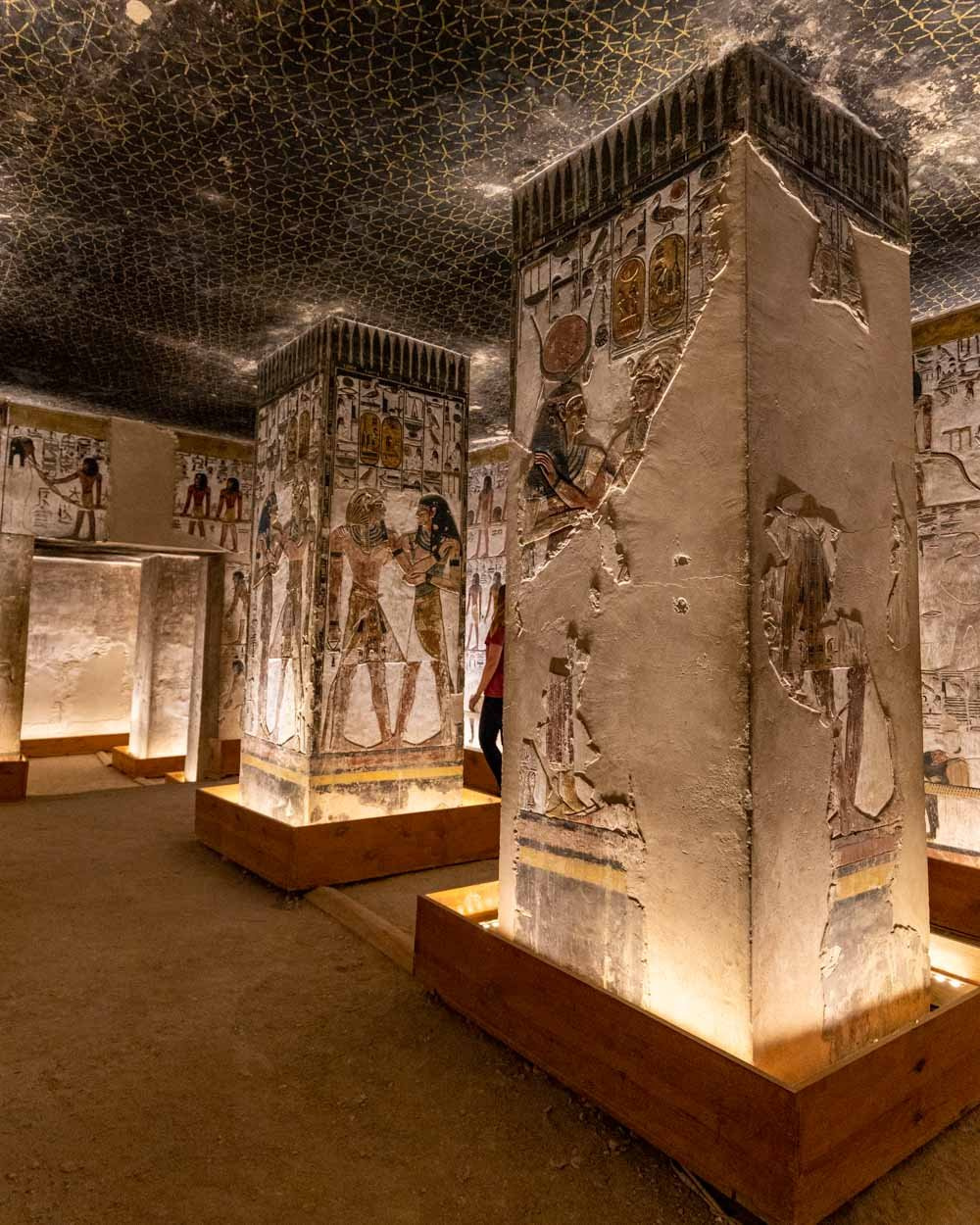
Post A Comment
Your Email Address Will Not Be Published.



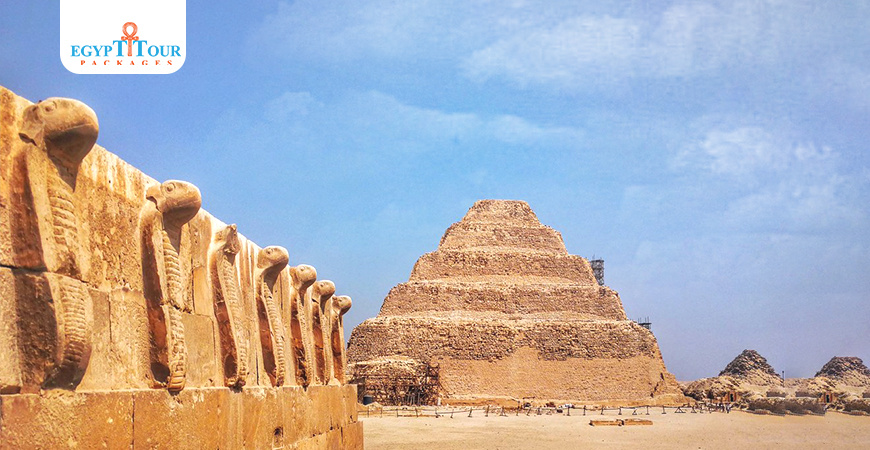







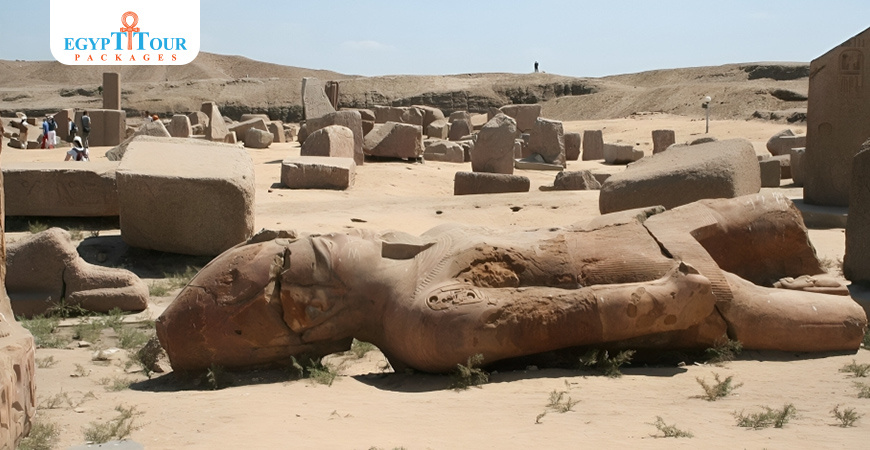


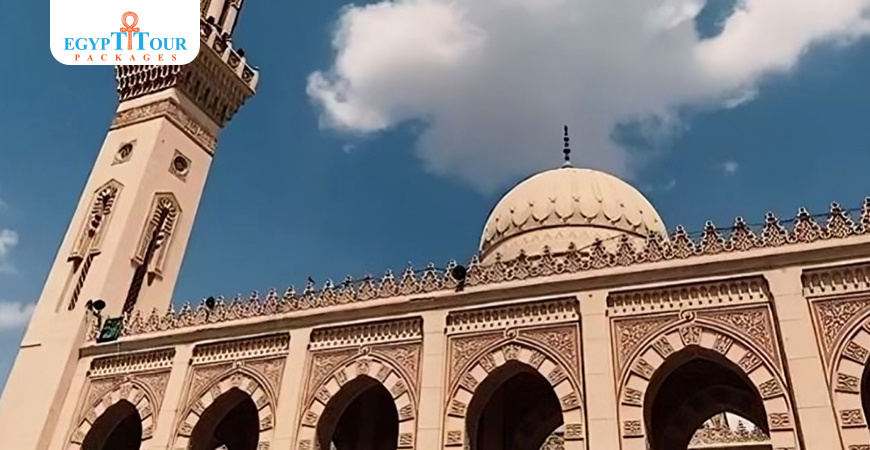


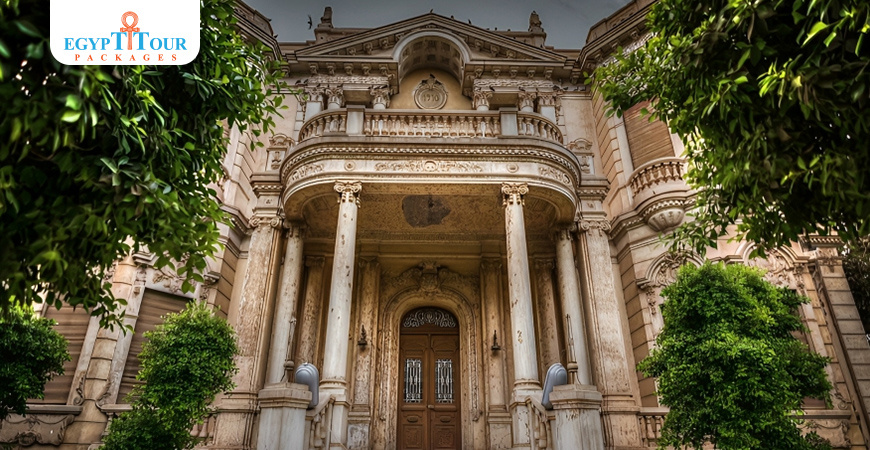
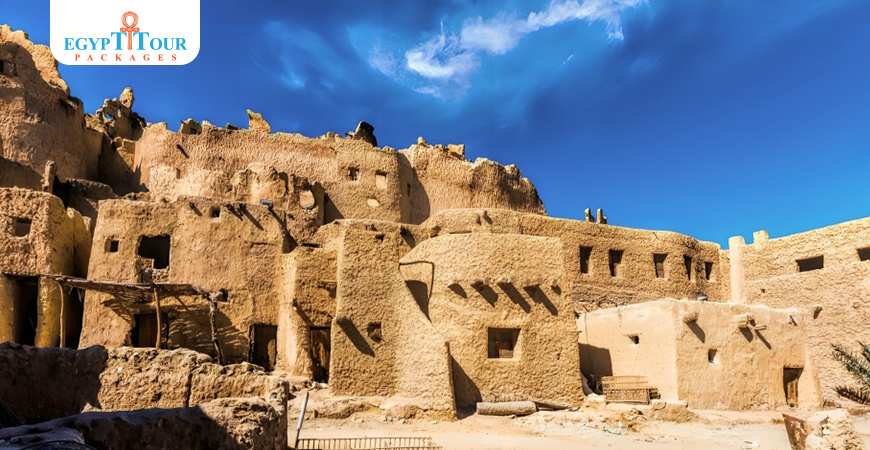
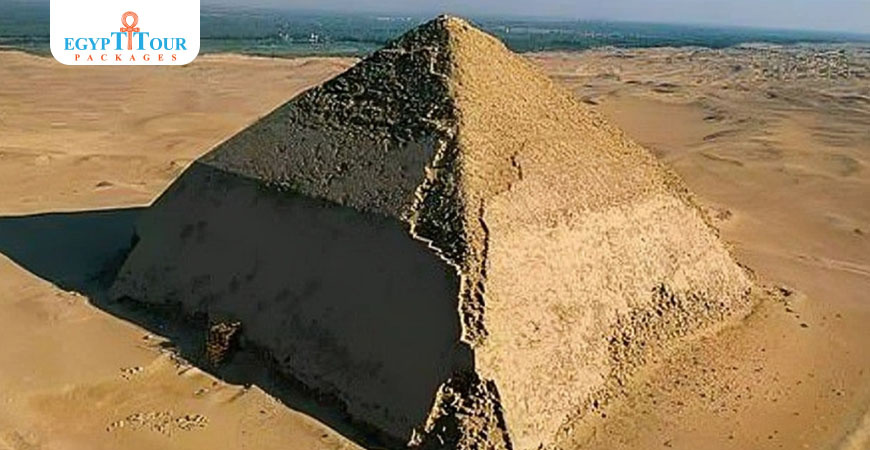
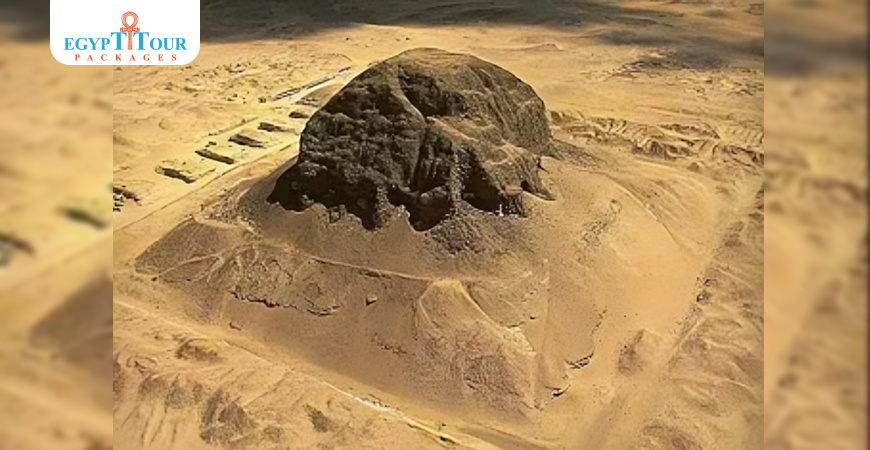
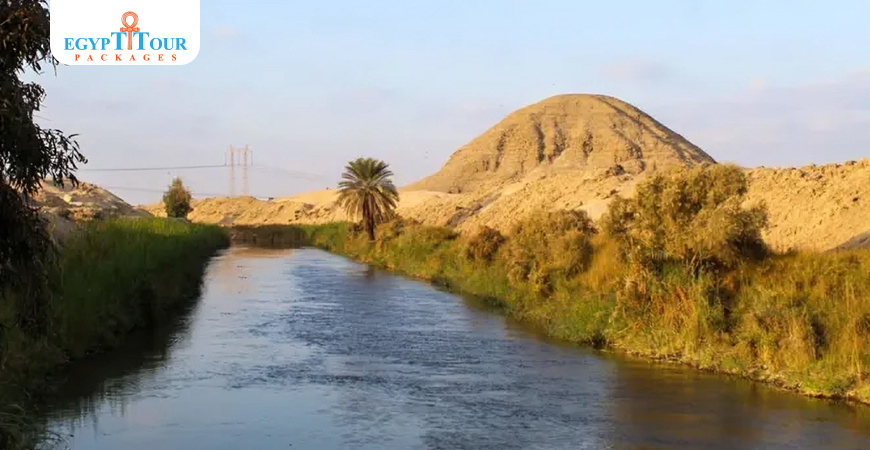
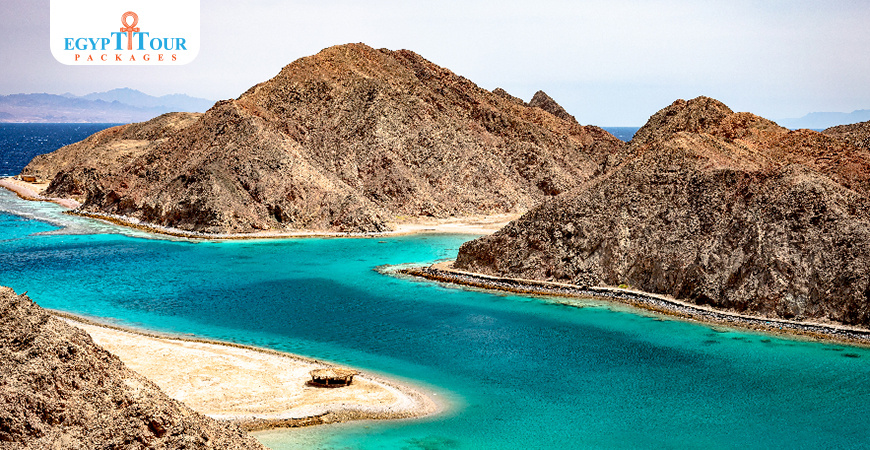
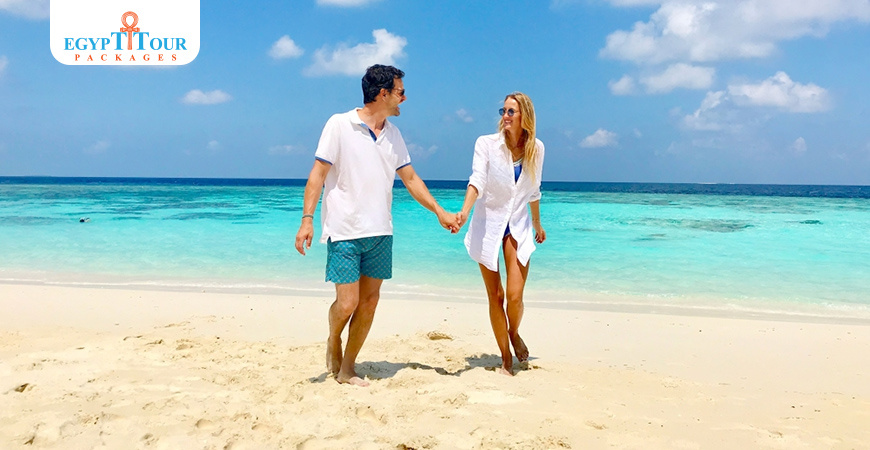
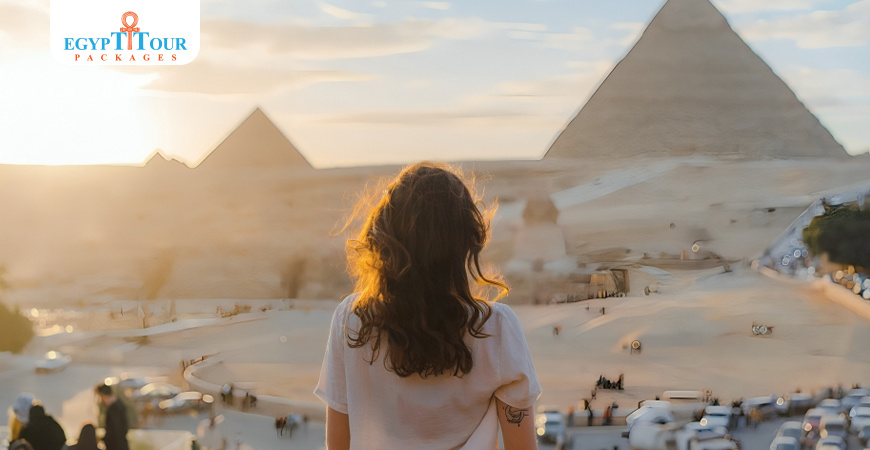
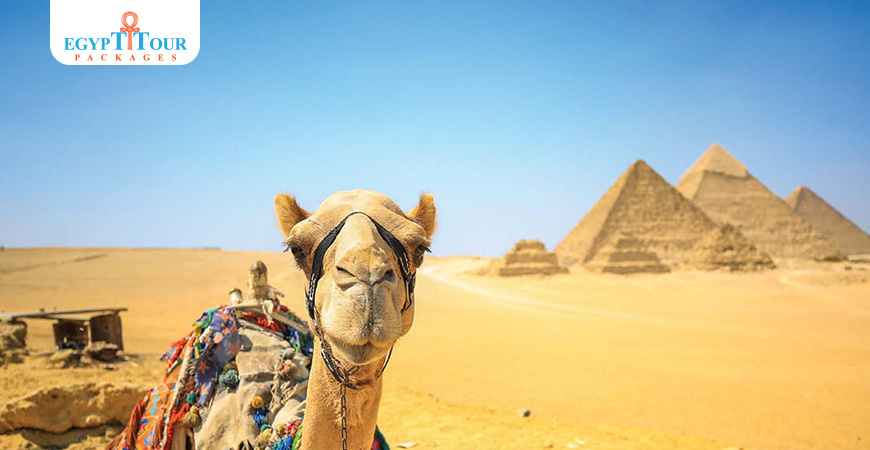











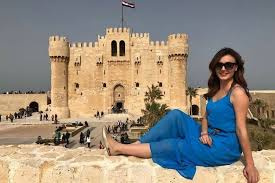

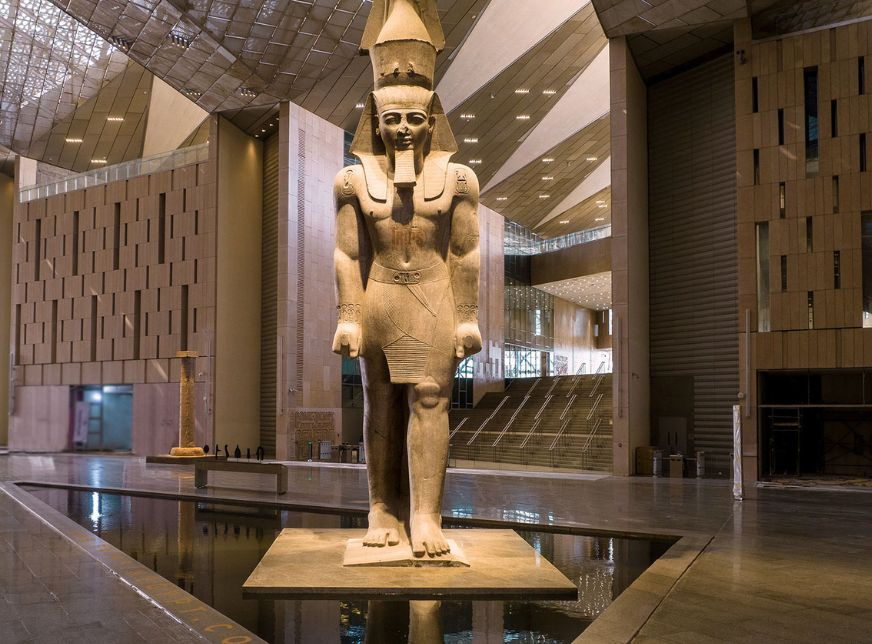




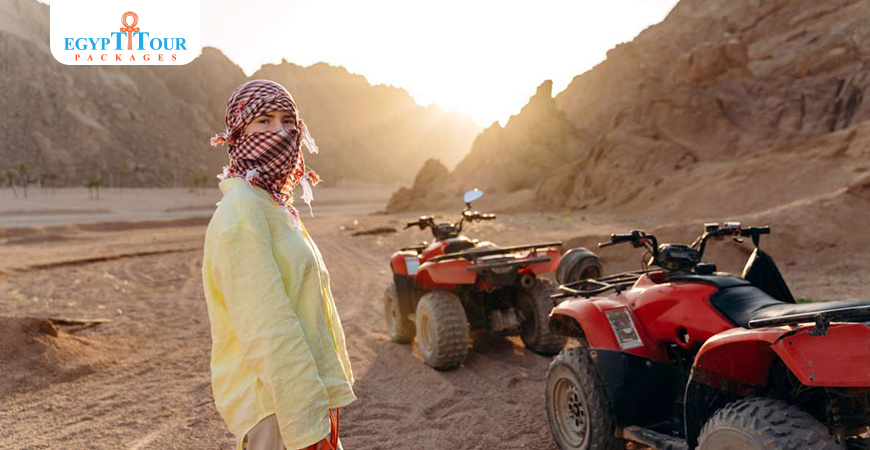
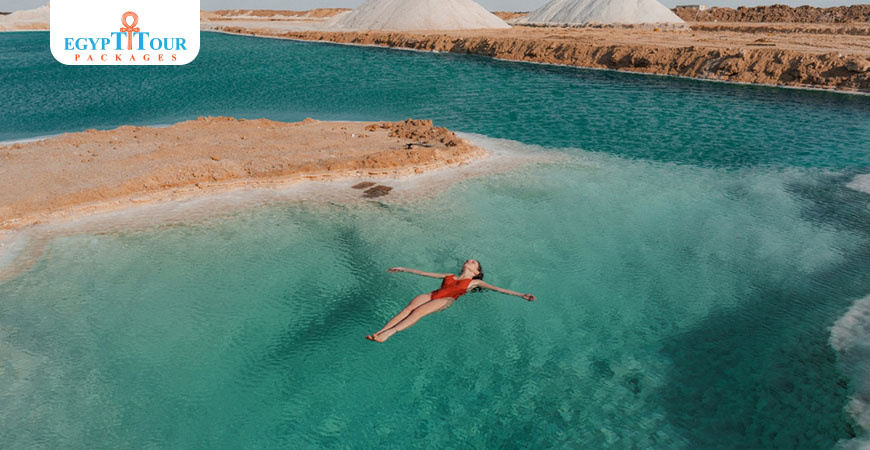
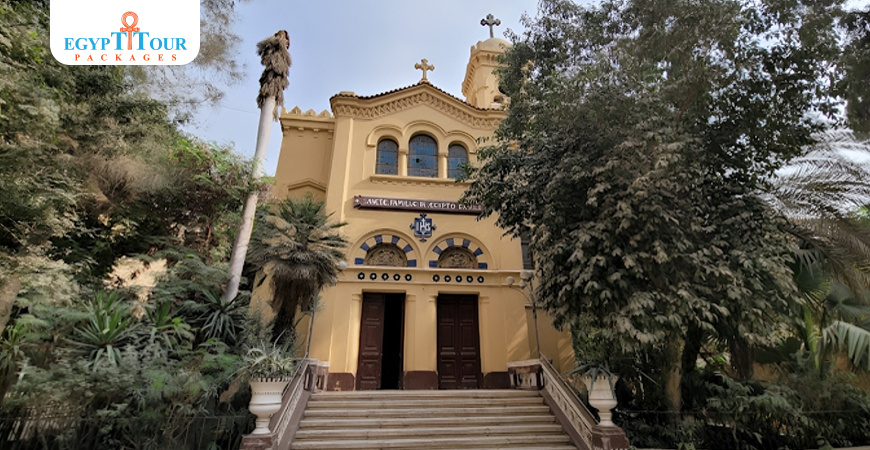


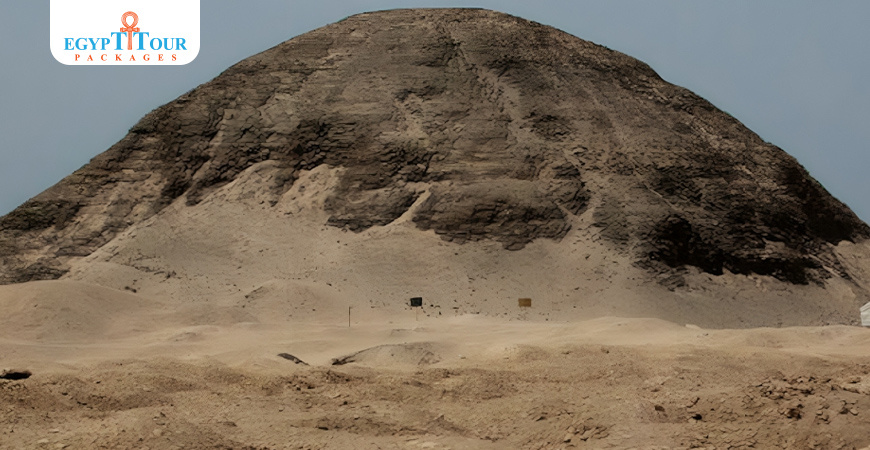
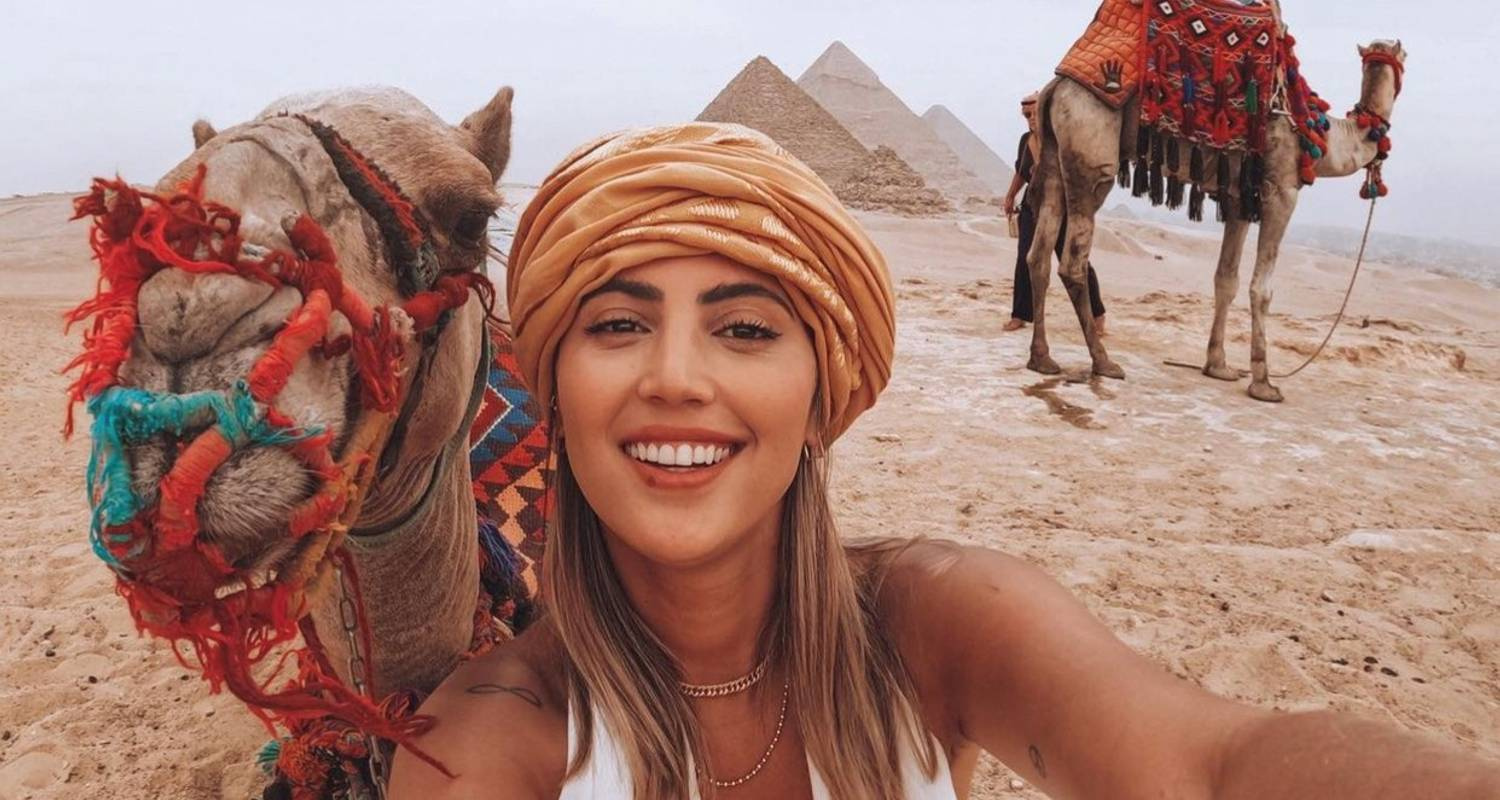
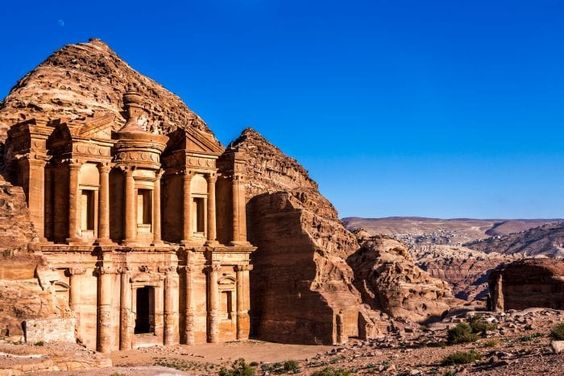
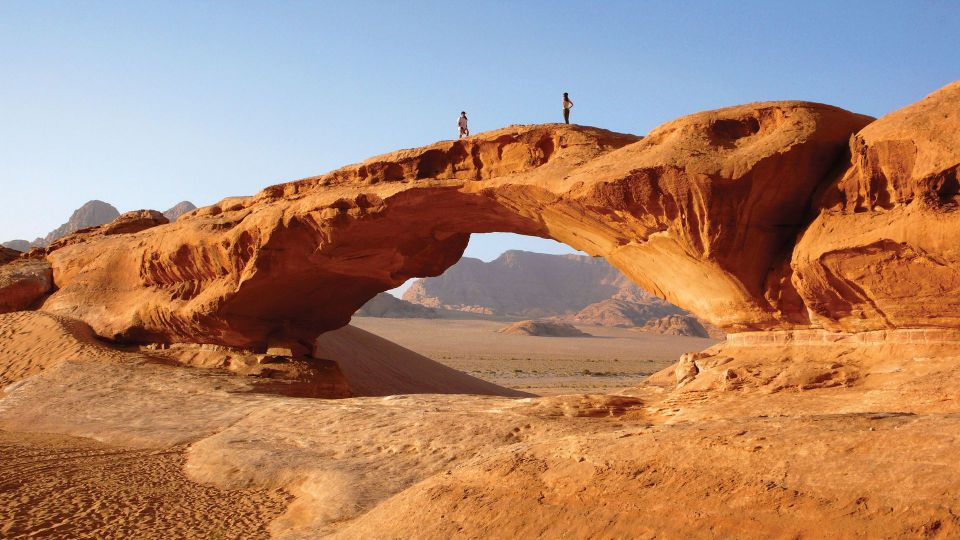
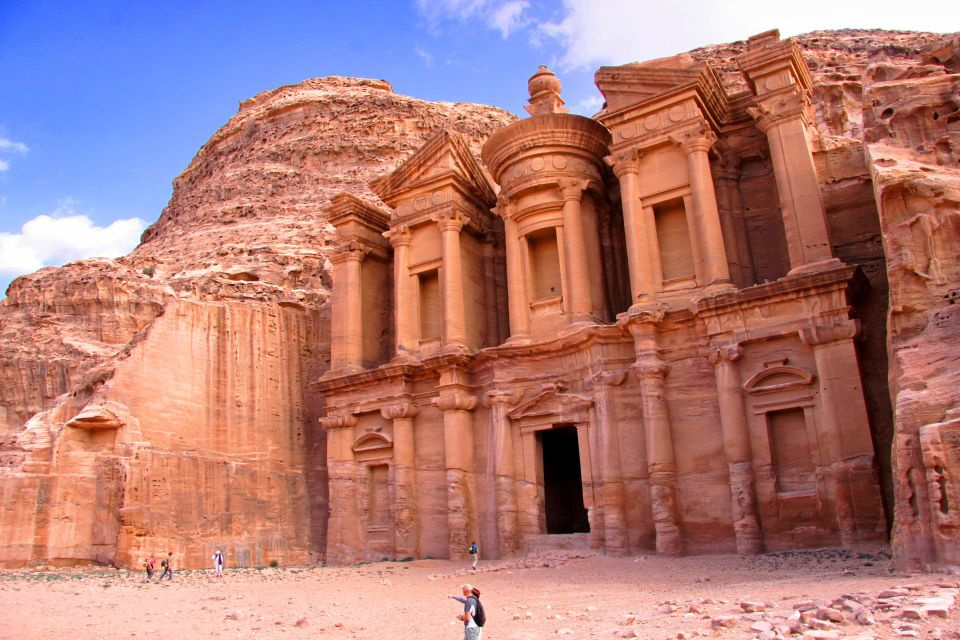
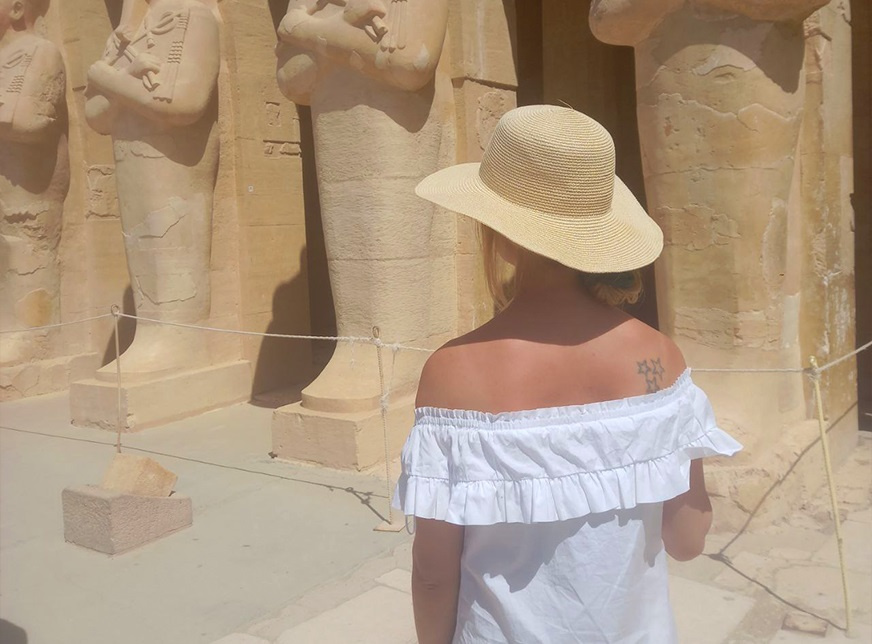


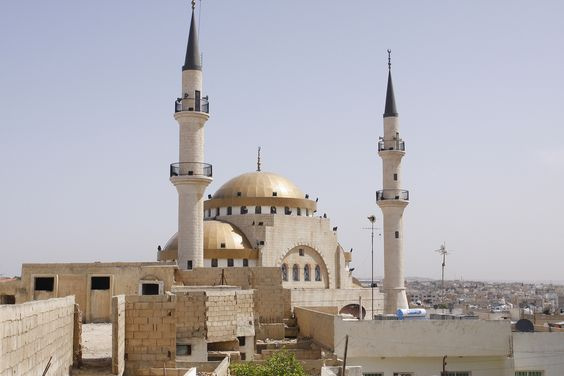
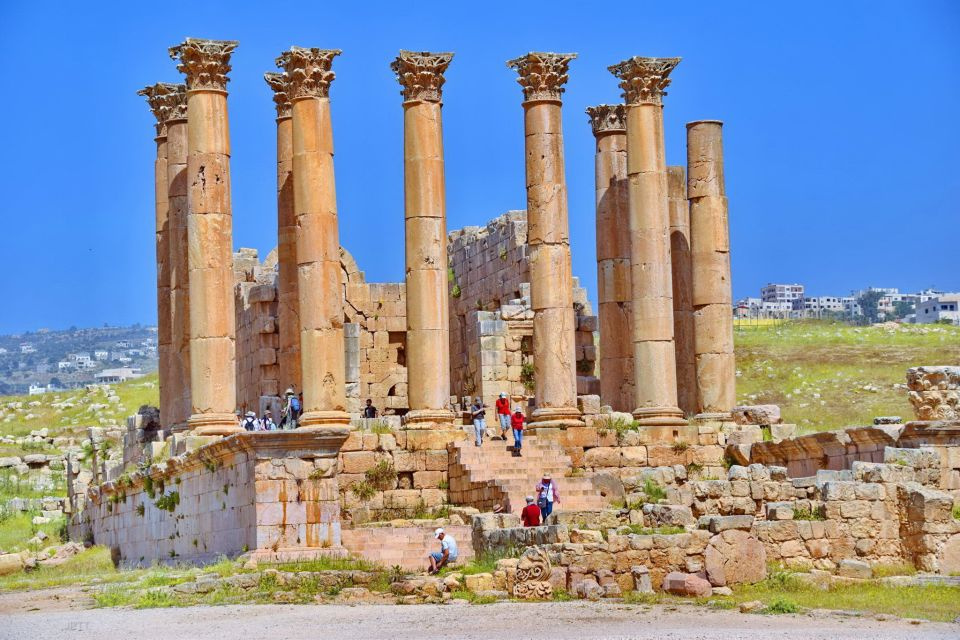









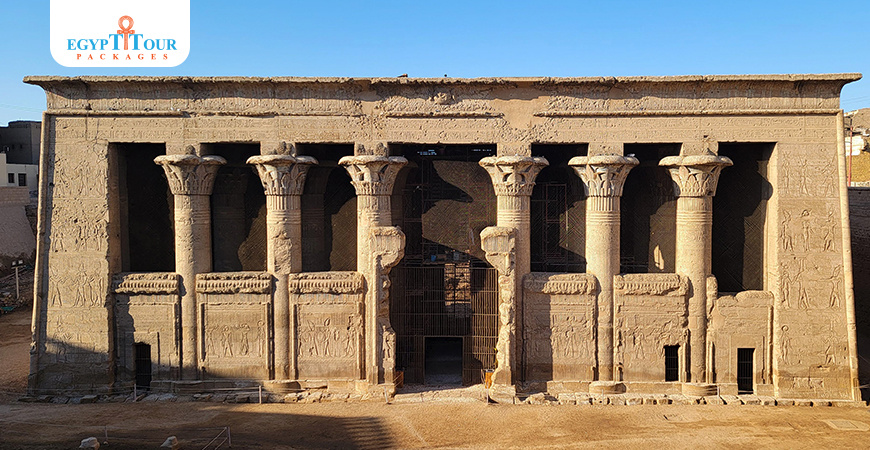
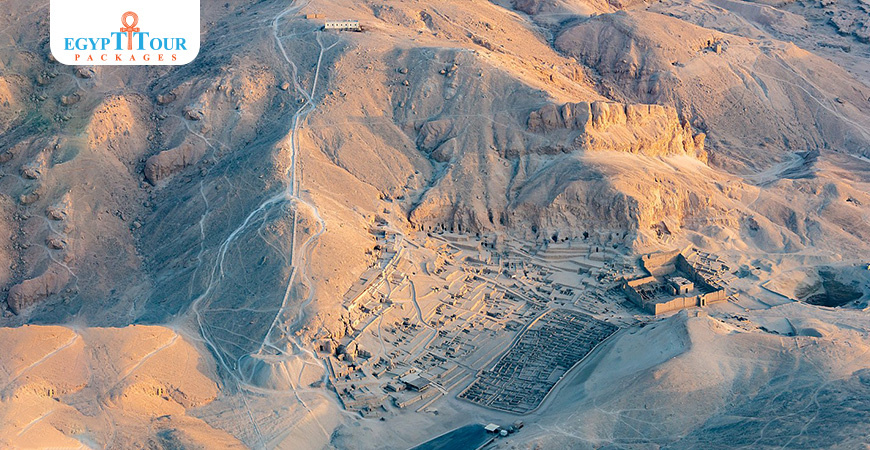


0 Comments